The Keys to Effective Development
Frameworks for Long Term Athlete Development
WE HAVE COACHED ATHLETES FROM THE FOLLOWING ORGANIZATIONS:




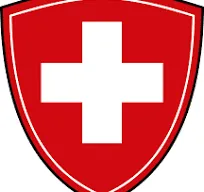


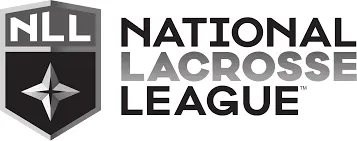



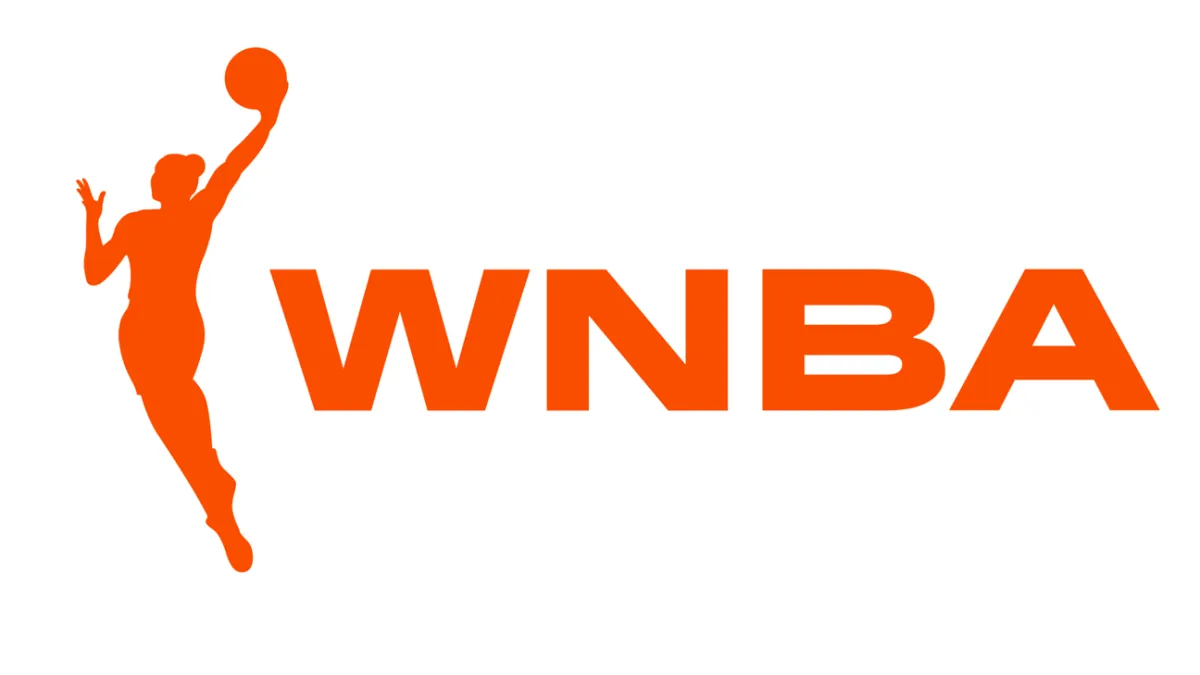
Building Champions for Life:
Long-Term Athlete Development (LTAD) Principles
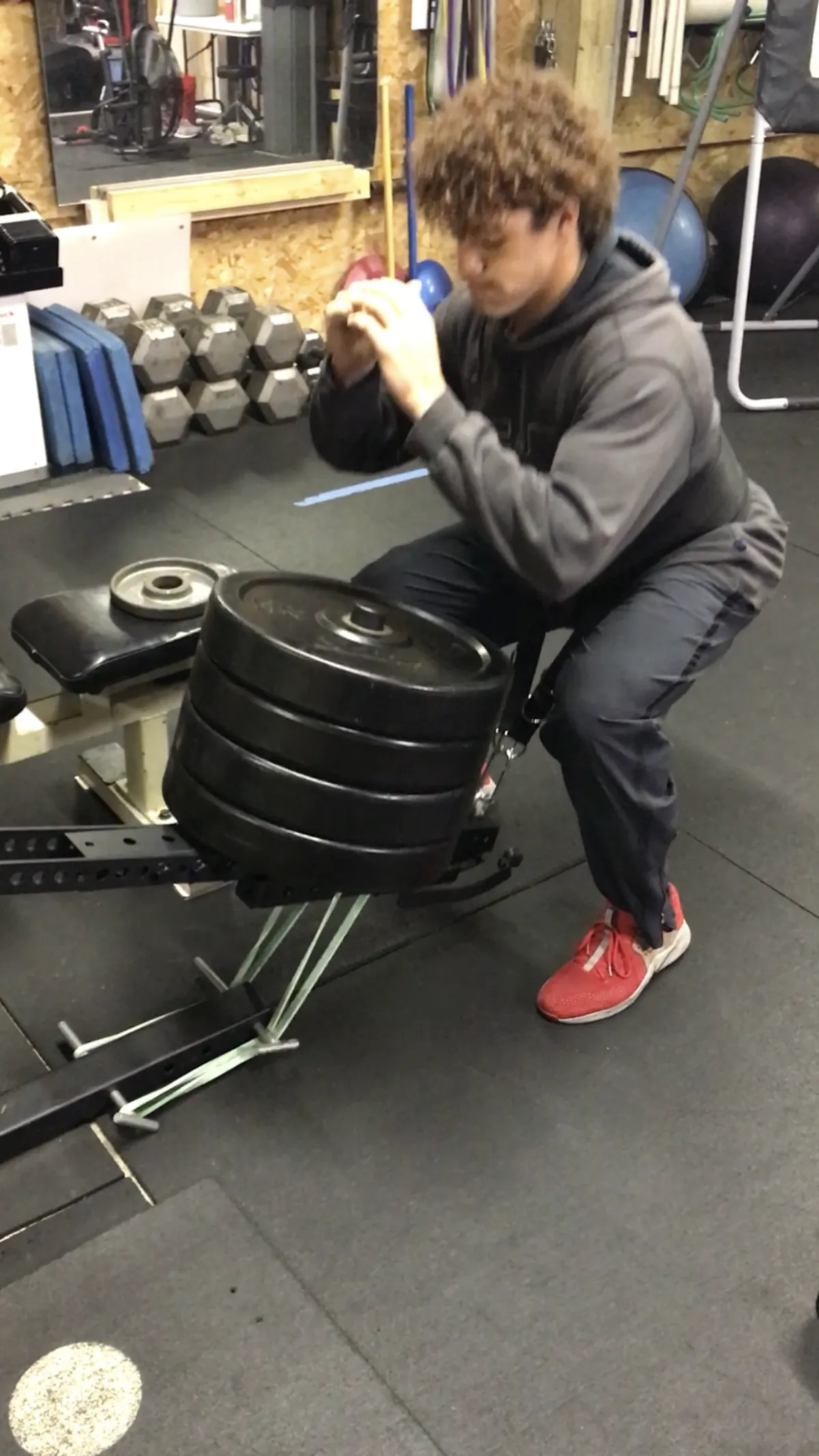
Developing athletic potential is a marathon, not a sprint. The Long-Term Athlete Development (LTAD) model provides a structured, science-based framework to guide athletes, coaches, and parents in fostering athletic performance, skill acquisition, and lifelong health. By aligning training, competition, and recovery with an athlete’s developmental stage, LTAD ensures sustainable progress and reduces the risk of burnout or injury.
What Is LTAD?
LTAD emphasizes age-appropriate training and competition to optimize an athlete’s physical, mental, and emotional development. It focuses on:
Building foundational movement skills and athletic qualities.
Gradually increasing training intensity and specialization.
Balancing skill development, competition, and recovery.
LTAD Frameworks Include:
Active Start (0–6 years)
FUNdamentals (6–9 years)
Learn to Train (9–12 years)
Train to Train (12–16 years)
Train to Compete (16–23 years)
Train to Win (18+ years)
Active for Life (all ages)
Guidelines for Developing Key Performance Skills
1. Speed
Speed development relies on neural adaptation, making early exposure to sprinting and quick movements essential.
Active Start & FUNdamentals (0–9 years):
Play-based sprinting, tag games, and agility drills.
Learn to Train (9–12 years):
Short sprints, change-of-direction drills, and reaction-based exercises.
Train to Train (12–16 years):
Incorporate resisted sprints, plyometrics, and technical sprint training.
Train to Compete & Train to Win (16+ years):
Fine-tune sprint mechanics and reaction speed using sport-specific drills.
2. Strength
Strength training enhances injury resilience, athletic performance, and overall health.
Active Start (0–6 years):
Basic bodyweight movements (e.g., crawling, climbing).
FUNdamentals (6–9 years):
Light resistance exercises like push-ups and squats using body weight.
Learn to Train (9–12 years):
Introduce structured strength programs with light loads and a focus on technique.
Train to Train (12–16 years):
Progress to moderate resistance training, emphasizing functional strength.
Train to Compete & Train to Win (16+ years):
Incorporate advanced resistance training, including Olympic lifts and sport-specific strength work.
3. Power
Power combines speed and strength, requiring explosive movements.
FUNdamentals (6–9 years):
Jumping, skipping, and bounding exercises.
Learn to Train (9–12 years):
Medicine ball throws, plyometric hops, and short sprints.
Train to Train (12–16 years):
Add depth jumps, explosive lifts, and power-focused movements.
Train to Compete & Train to Win (16+ years):
Refine explosive strength through sport-specific drills and velocity-based training.
4. Flexibility
Flexibility supports movement efficiency and injury prevention.
Active Start (0–6 years):
Stretching during play and natural movements.
FUNdamentals (6–9 years):
Introduce basic static and dynamic stretches.
Learn to Train (9–12 years):
Focus on dynamic stretching and mobility drills.
Train to Train & Beyond (12+ years):
Incorporate sport-specific mobility work and recovery-focused flexibility routines.
5. Coordination and Agility
Coordination is foundational to all athletic movements.
Active Start (0–6 years):
Balance games, obstacle courses, and ball handling.
FUNdamentals (6–9 years):
Multisport activities, rhythmic movements, and hand-eye coordination drills.
Learn to Train (9–12 years):
Sport-specific skills like dribbling, kicking, and reaction drills.
Train to Train (12–16 years):
Combine agility drills with decision-making exercises.
Train to Compete & Train to Win (16+ years):
High-intensity drills with unpredictable scenarios to mimic competition.
Balancing Practice and Competition
An essential component of LTAD is ensuring a proper ratio of practice and skill development sessions to games and competitions. Guidelines by Age Group:
Active Start (0–6 years):
Practice: 90%
Competition: 10%
Focus: Unstructured play, basic movement patterns.
FUNdamentals (6–9 years):
Practice: 70–80%
Competition: 20–30%
Focus: Skill development through fun, engaging activities.
Learn to Train (9–12 years):
Practice: 60–70%
Competition: 30–40%
Focus: Refining fundamental sport skills and introducing tactical awareness.
Train to Train (12–16 years):
Practice: 50–60%
Competition: 40–50%
Focus: Building physical capacities and sport-specific skills.
Train to Compete (16–23 years):
Practice: 40–50%
Competition: 50–60%
Focus: High-intensity preparation and competitive strategies.
Train to Win (18+ years):
Practice: 20–30%
Competition: 70–80%
Focus: Specialized skill refinement and peak performance.
Active for Life (all ages):
Balance varies based on individual goals and preferences.
Key Benefits of LTAD for Athletes, Coaches, and Parents
1. Structured Development
Ensures athletes develop physical, mental, and emotional skills at the right time.
2. Injury Prevention
By avoiding early specialization and balancing training loads, LTAD reduces the risk of overuse injuries.
3. Lifelong Physical Activity
Instills a love for movement and sport, promoting lifelong health and fitness.
4. Sustainable Performance
Athletes avoid burnout and plateauing by following a progression that matches their development.
5. Practical Guidelines for Parents and Coaches
Clear guidelines on training intensity and competition ratios help parents and coaches foster well-rounded athletes.
Final Thoughts
The LTAD model isn’t just about building better athletes; it’s about cultivating resilient, well-rounded individuals who can enjoy sports and physical activity for life. By understanding and applying these principles, athletes, coaches, and parents can work together to achieve sustainable progress and peak performance at the right time.
ADDITIONAL INFO
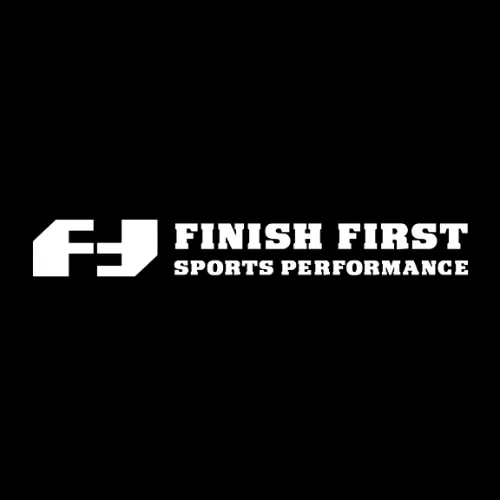
Copyright Finish First Sports Performance, Inc. 2024.
All Rights Reserved




